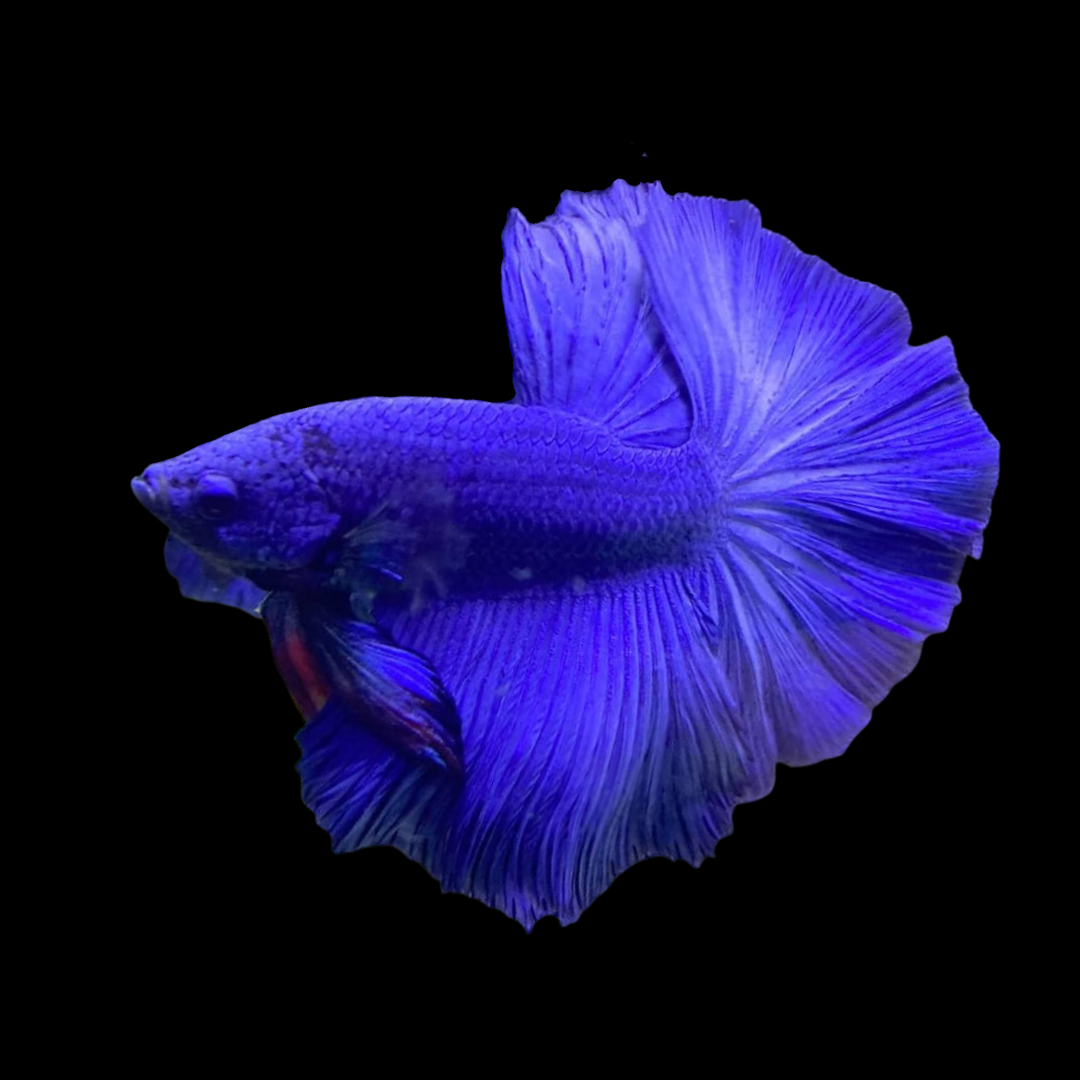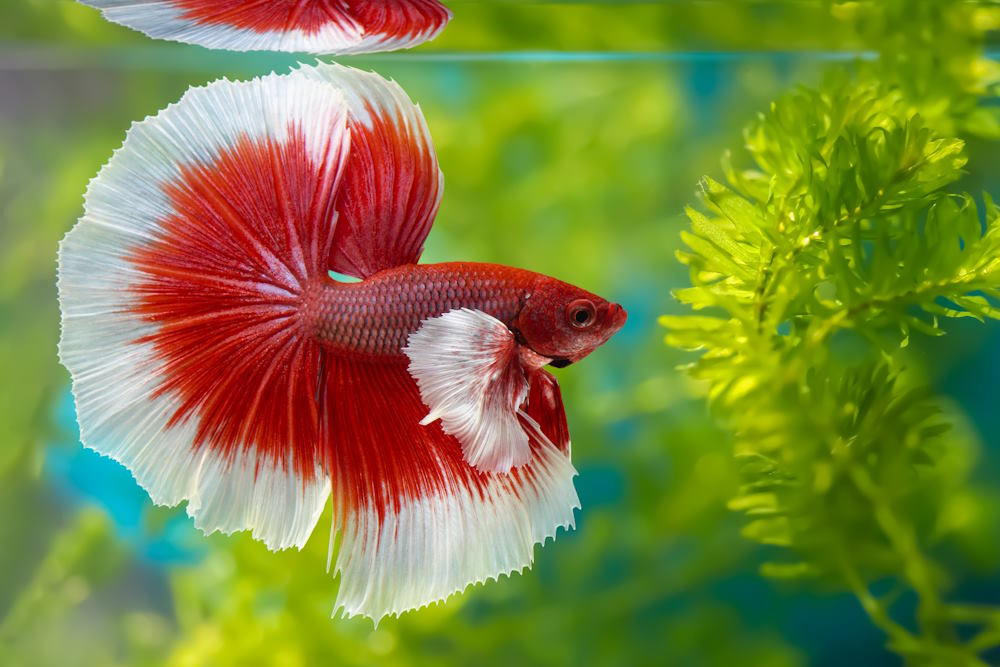Just how to Create the Perfect Betta Fish Habitat at Home
Just how to Create the Perfect Betta Fish Habitat at Home
Blog Article
Breeding Betta Fish: a Comprehensive Step-By-Step Overview to Efficiently Raising Infant Bettas From Eggs to Adulthood
Reproducing Betta fish is a careful venture that needs cautious planning and execution to guarantee the effective advancement of fry from eggs to mature fish. Selecting genetically varied reproduction couple with preferable qualities is just the start; creating an ideal setting and comprehending the ins and outs of the breeding process are equally vital. As the male Betta vigilantly constructs a bubble nest and guards the valuable eggs, the succeeding phases of treatment and transition demand focus to information and knowledge of ideal methods. How does one browse the tough yet gratifying course of supporting these vivid creatures to adulthood?

Picking Breeding Pairs
When beginning on the journey of reproducing Betta fish, picking the appropriate breeding pairs is important to accomplishing desirable attributes and a healthy and balanced lineage - betta fish. The very first step in this process is to recognize the certain characteristics you wish to improve or preserve, such as shade, fin type, and body form. It is vital to select genetically varied sets to prevent inbreeding, which can bring about health and wellness issues and undesirable features
Evaluate possible breeding prospects carefully. A healthy and balanced male Betta ought to show dynamic colors, an energetic temperament, and well-formed fins, while the woman must additionally present vibrant coloration and a rounded stomach, suggesting preparedness for spawning. Observing the personality of both fish is vital, as aggressive or overly shy people may not reproduce successfully.
Documentation of family tree is just as crucial. Maintaining documents of the parent fish's ancestry can help you track hereditary qualities and prospective concerns. In addition, seek advice from credible breeders or online resources for assistance on picking compatible pairs. Inevitably, spending time in the choice process will dramatically enhance the chance of generating solid, dynamic children that meet your breeding goals (betta fish).

Preparing the Reproduction Storage Tank
Developing an optimal reproduction atmosphere is a crucial step after selecting appropriate sets for Betta fish. The reproduction container ought to be specifically designed to provide convenience and promote the all-natural breeding actions of the fish. Begin with a tank dimension of at least 10 gallons to guarantee adequate room for both the man and female Bettas.
Preserve a mild filtering system to keep the water clean while staying clear of strong currents that can worry the fish. Furthermore, an air stone can be contributed to provide oxygenation without interrupting the water surface area way too much.
Temperature policy is crucial; objective for a stable variety of 78-82 ° F(25-28 ° C) using a reliable heating unit. The pH level should be maintained in between 6.5 and 7.5, and routine water adjustments are needed to make sure high water quality.
Incorporate floating plants or spawning sponges to develop concealing spots for the woman, while likewise urging bubble nest building by the man - betta fish. Ultimately, guarantee the tank is without sharp decors and any prospective dangers, as the well-being of the fish should always be prioritized during this vital stage of reproduction.
The Breeding Process
Generally, the breeding process for Betta Get More Info fish includes a collection of unique and evident habits that indicate preparedness for recreation. The male Betta starts by constructing a bubble nest at the water's surface, which functions as a website for the fed eggs. This nest is crucial, as it offers a risk-free environment for the eggs until they hatch.
Once the nest is established, the male will certainly show courtship habits, such as flaring his fins and exhibiting dynamic colors to attract the lady. The lady, upon picking up the male's readiness, will react by showing vertical stripes along her body, signaling her receptiveness.
When the female approaches, the male takes part in a breeding dance, usually leading to an accept called the "spawning." During this welcome, the woman releases her eggs, which the male feeds immediately. The fertilized eggs after that are up to the bubble nest, where the male thoroughly collects and returns them to the nest. Following this, the male thinks obligation for guarding the nest and making certain the safety and security of the eggs till they hatch, typically within 24-36 hours. This phase is vital in the breeding process, laying the foundation for effective fry development.
Caring for Betta Fry
Looking after Betta fry requires mindful attention to their setting and nutrition to guarantee healthy and balanced growth and growth. After hatching, Betta fry are very small and prone, demanding a stable and tidy environment. Maintaining a water temperature level in between 78 ° F and 80 ° F is important, as Betta fry thrive in warm conditions. Furthermore, make certain that the water is totally free of harmful toxic substances; normal water changes of 10-20% are suggested to keep optimum water quality.
Feeding Betta fry is just as essential. Feed them small amounts numerous times a day, being mindful not to overfeed, which can lead to water high quality problems.
Transitioning to Grownup Bettas
As Betta fry fully grown, transitioning them to grown-up Bettas is a critical stage that needs cautious management of their environment and read this social communications. This try this site procedure typically starts when the fry get to around six weeks old, at which factor they can be slowly introduced to a much more structured living environment.
To facilitate this shift, it is vital to ensure that the water criteria-- such as temperature, pH, and ammonia degrees-- are optimal and stable. Adult Betta fish grow in warm water (around 78-80 ° F) with a pH of 6.5 to 7.5. Progressively adapt the fry to these conditions to decrease stress and anxiety.
Social interactions are an additional key aspect; male Bettas are notoriously territorial and hostile. It is recommended to different men into individual storage tanks as they grow. Female Bettas can be housed together, yet care ought to be required to check for indications of aggression.
Furthermore, nutritional changes should be made as the fry expand. Integrate top quality pellets and live foods to sustain their development and health. By managing these aspects properly, you can advertise a successful shift to their adult years for your Betta fish.

Final Thought
Effective breeding of Betta fish requires mindful interest to detail throughout the entire process, from selecting genetically varied pairs to giving optimal treatment for fry. Furthermore, a balanced diet plan and gradual adjustment to adult atmospheres are essential for the development and growth of Betta fish.
Report this page